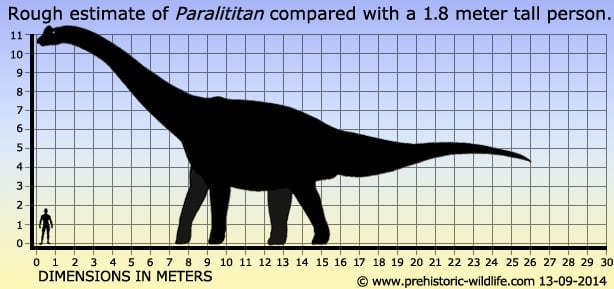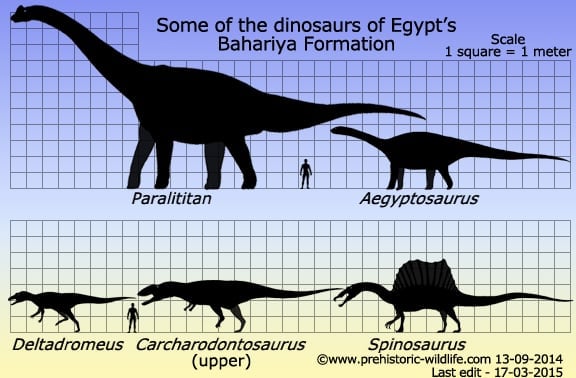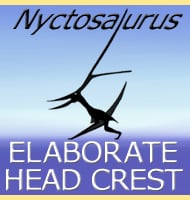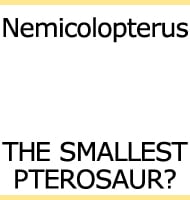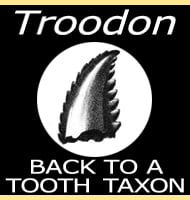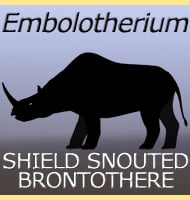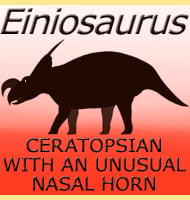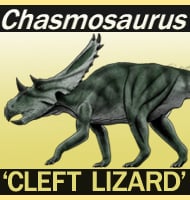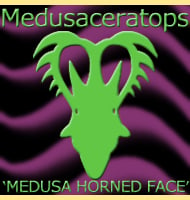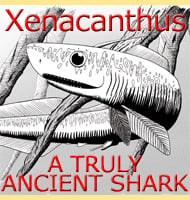In Depth
There is little doubt that Paralititan sits comfortably amongst some of the biggest sauropod dinosaurs that are known to us. Though the skeleton of Paralititan is largely incomplete, the humerus (upper ‘arm’ bone) is known to have reached a length of one hundred and sixty-nine centimetres long, something that at the time of discovery and writing confirms Paralititan to have had the largest known humerus of any Cretaceous era dinosaur. In 2006 palaeontologist Kenneth Carpenter estimated the length of Paralititan to be about twenty-six metres long. To date only a few other genera such as Dreadnoughtus, Turiasaurus, Argentinosaurus and Amphicoelias (and a few others) seem capable of matching and exceeding Paralititan in terms of physical size and weight.
Paralititan is known from the Bahariya Formation of Egypt which has been interpreted as being an ecosystem centred on mangroves, as evidenced by the types of fossil plants discovered there. Mangroves are tidal ecosystems and this is a reflection upon the name Paralititan which translates to English as ‘Tidal titan’, the latter part alluding to the large size of Paralititan. It is also known that at times the Bahariya Formation was reclaimed by the sea for extended periods when global sea levels periodically rose, before re-appearing again when sea levels dropped. Paralititan likely shared the same habitat as another sauropod dinosaur named Aegyptosaurus, while fossils of another genus named Dicraeosaurus also seem to be present in the same area as those of Paralititan. Predatory threats may have come from large theropod dinosaurs such as Bahariasaurus, Deltadromeus and particularly Carcharodontosaurus. These dinosaurs may have chosen to steer clear of fully grown Paralititan, but smaller juveniles would have particularly been at threat. In fact theropod dinosaur teeth were found preserved with the Paralititan type specimen and these at least denote scavenging upon the carcass. The large theropod dinosaur Spinosaurus was also present in the same ecosystem as Paralititan, though as a specialist hunter of fish, Spinosaurus may have only attacked small juveniles or scavenged already dead Paralititan.
Further Reading
- A Giant sauropod dinosaur from an Upper Cretaceous mangrove deposit in Egypt. - Science 292 (5522): 1704–1706. - Joshua B. Smith, Matthew C. Lamanna, Kenneth J. Lacovara, Peter Dodson, Jennifer R. Smith, Jason C. Poole, Robert Giegengack & Yousri Attia - 2001. - Biggest of the Big: a Critical Re-evaluation of the Mega-sauropod Amphicoelias fragillimus.- In J. R. Foster & S. G. Lucas, eds., 2006, Paleontology and Geology of the Upper Jurassic Morrison Formation. - New Mexico Museum of Natural History and Science Bulletin, vol. 36: pp. 131-138. - Kenneth Carpenter - 2005.
